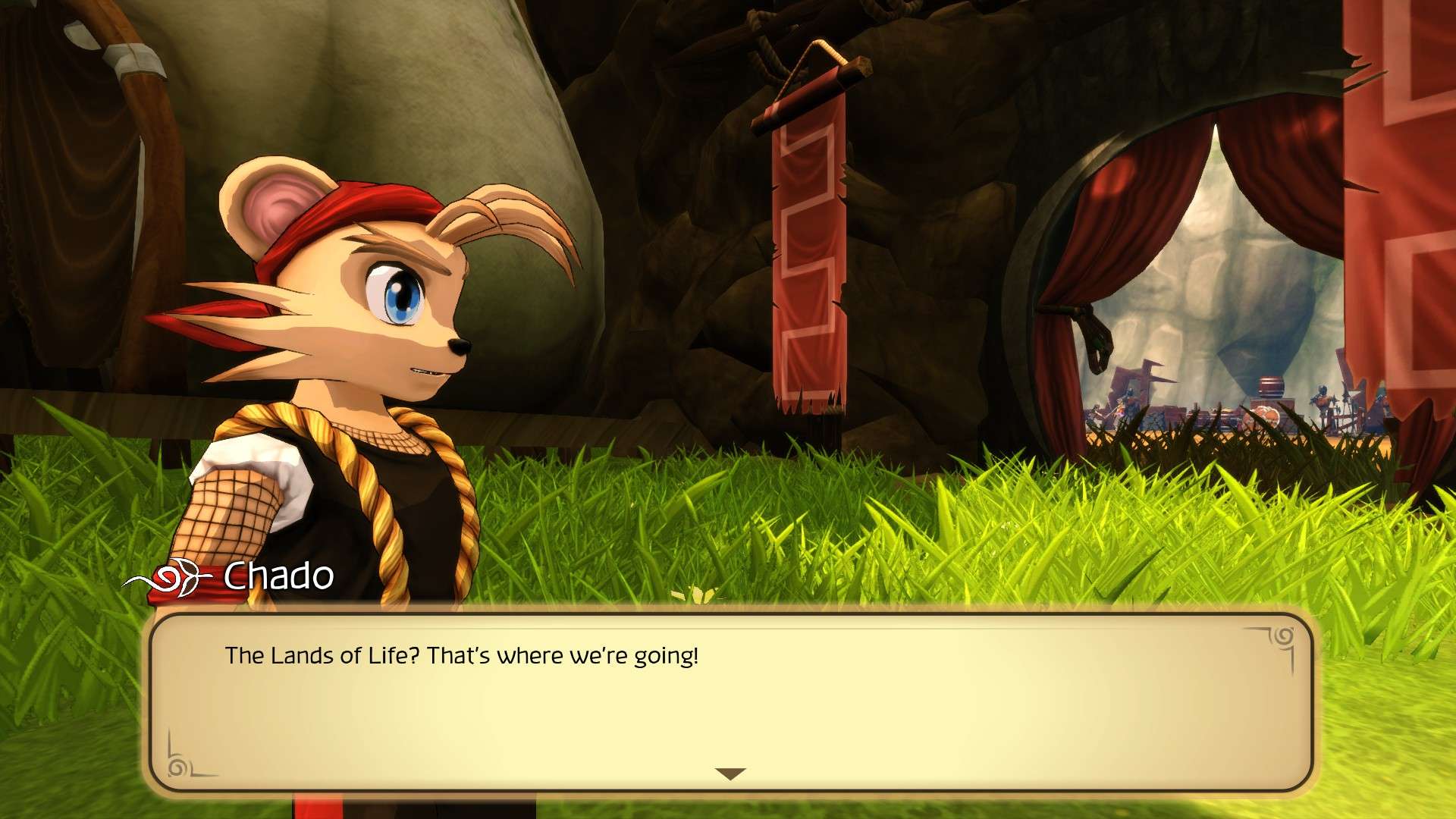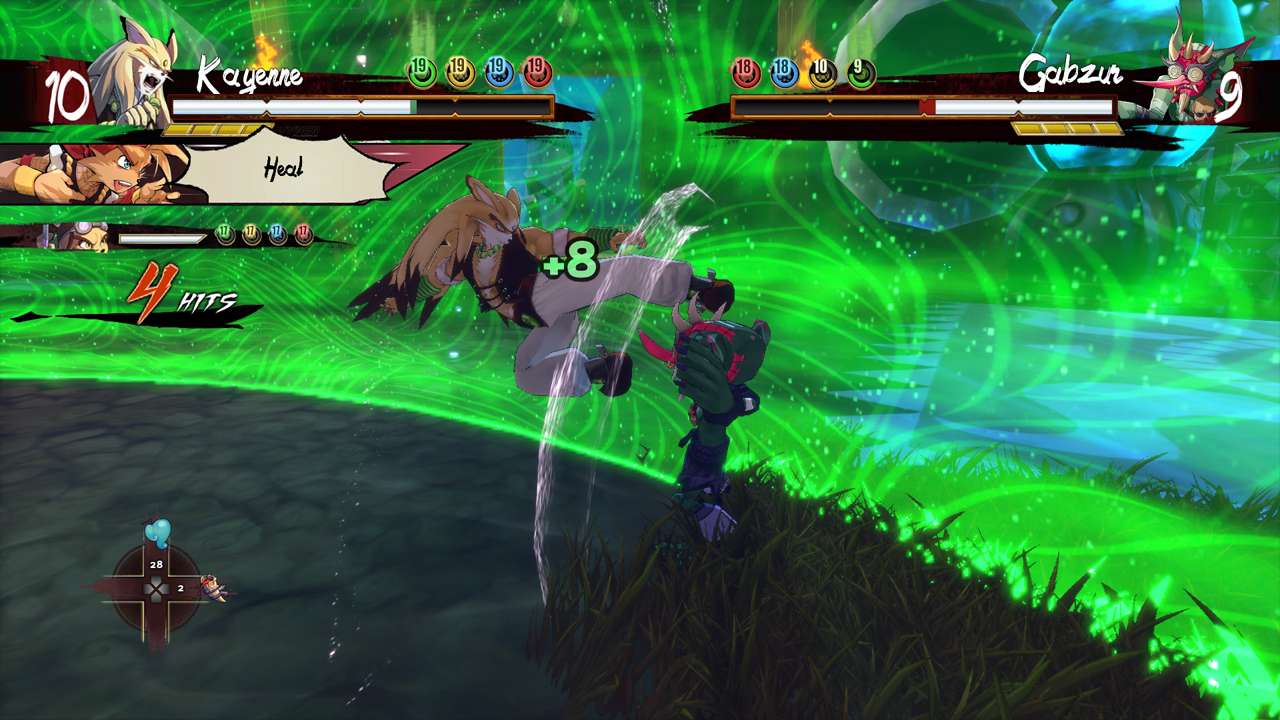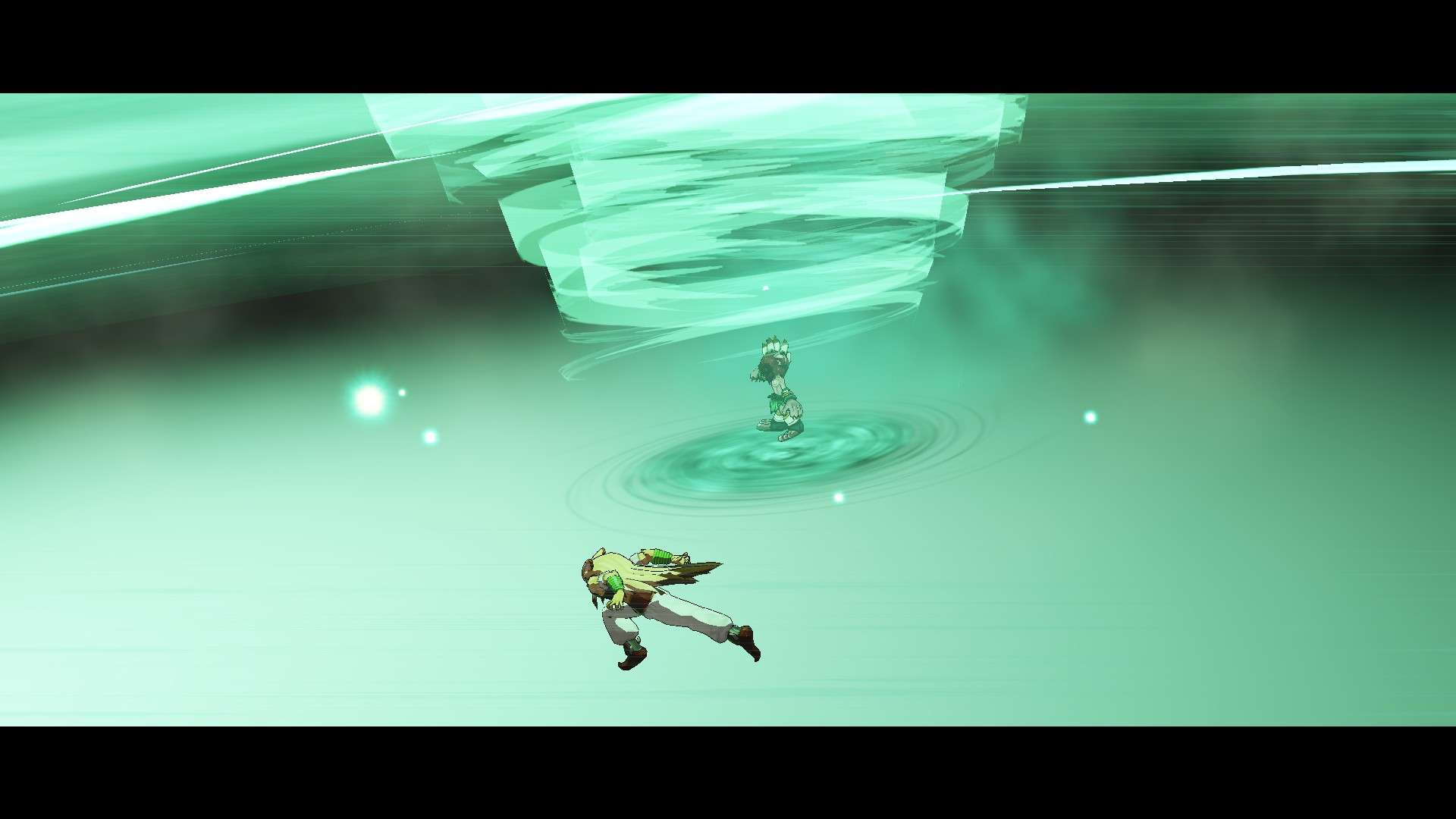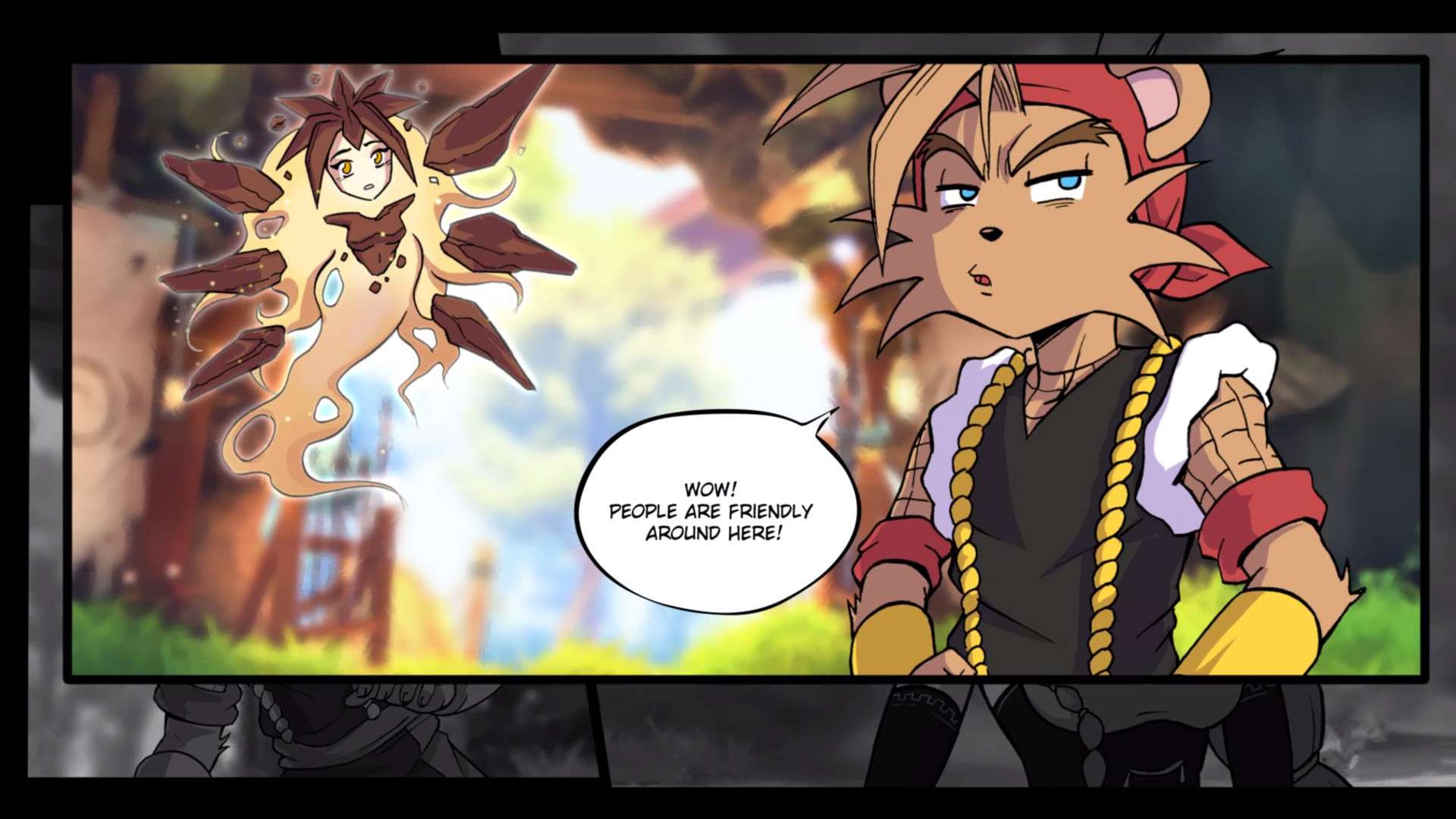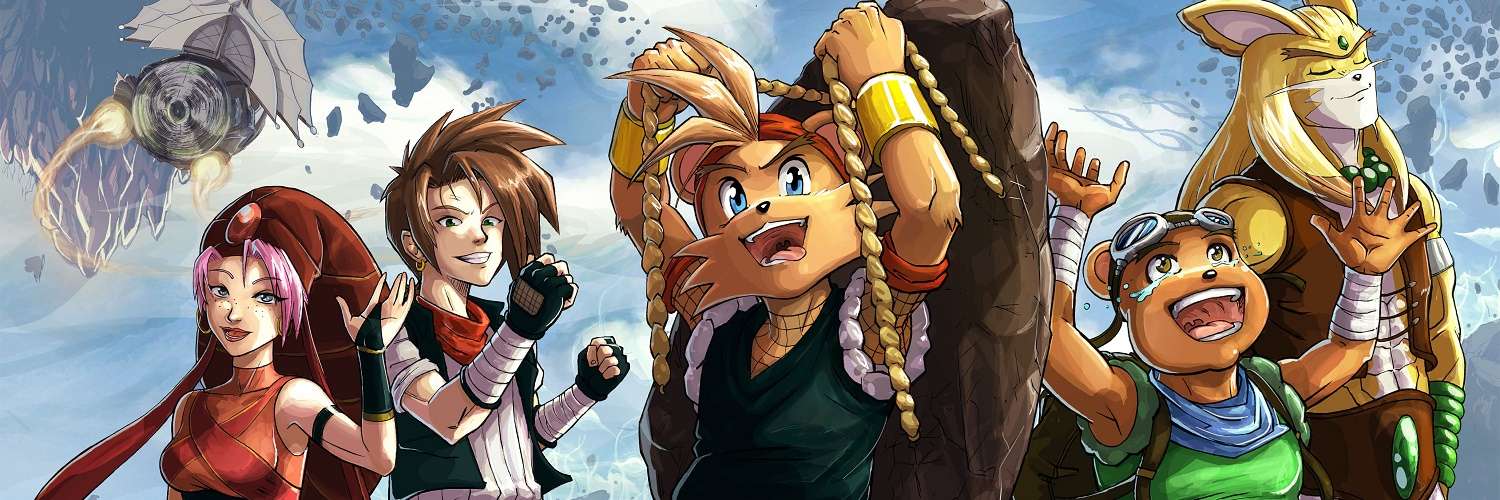
Shiness: The Lightning Kingdom PC Review
People have learnt over the years that Kickstarter funded games are inevitable delayed. It’s quite easy to understand why, because it’s not a simple thing to predict when the end of a game’s development will be due to issues that can surface from building complex games. Shiness: The Lightning Kingdom, the latest game to come to fruition from Kickstarter after being backed in June 2014 raising just short of $140,000 from over 3,000 backers, is here, although quite a bit late over its initial April 2015 release date. Advertising itself as a “halfway between a dynamic fights’ manga and the fantasy of an RPG” how well is Enigami’s take on the action RPG genre?
For its setting, we are told many years ago the planet Mahera was a peaceful world, where everyone lived together in harmony, but that eventually became torn apart when the world’s spiritual energy, Shi, began dwindling away. Wars broke out that devastated the land, which led to a gigantic explosion splitting the races onto their own piece of floating lands dubbed Meteroas. This is the world of Shiness, a place where races get on with their own lives living on their giant floating rocks that are now their homes.
Shiness begins its story by putting us in the middle of Chado and Poki’s travels, a couple of bipedal animals that belong to the race known as Waki from Kimpao Meteora (I’d say they fit into the canidae family of the animal kingdom). These two are currently hunting for a place called Lands of Life after a Shiness, Terra, a spirit of the world that can only be seen and heard by Chado, sends them on a journey to find it and fix the world. With floating rocks the only sign of land, we meet the duo early on in their travels by airship, but things take a drastic turn that causes the ship to crash into the ground below, wrecking their means of air travel, but also separating the duo, because poor Poki got scared and went for a suicidal jump off the airship before it hit the ground. From here, you soon get back together, and also form a party with new characters to take on a quest to stop an evil that is teased through the early revelations of an elemental force known as Dark Shi.
The story takes a while to get going, in terms of this game’s story length at least, since you spend three or so hours doing tasks for the local village near the crashed airship before you get to leave the main starting area. That typically would be fine in an average length RPG, but Shiness takes about 20 hours to finish the main quest – with all side content likely doubling the length – so it would have been nice to get the flow moving faster in the beginning. There is some enjoyment to be had with its story, and it is neat to see various dialogue options lead to potential different quests and/or bosses, but I feel that the rush to end the tale (maybe to meet the development deadline?) means that it finishes up leaving many unanswered questions within its story and world building, which it seemed all too happy to establish before the thrust towards the concluding thread.
From the minute the first cutscene ends and players are given control to begin roaming the world, the thing that hits you first, and is one of the characteristics of Shiness, is its visuals. It is hard to ignore the game’s extremely colourful and joyful art style that recalls the good ol’ blue skies of older games. The world flourishes thanks to the cel-shaded look, so while the locales can feel empty and lack the detail that often comes with bigger budget titles, the rough edges can be forgiven when gazing your eyes on the amount of bright colours that arouse the senses with a rainbow of marvel when exploring around the various locations. The same can be said for the characters as well, popping straight out of their original manga designs and coming to life in the game as one would expect human shaped animals to be visually presented in 3D. The help of the flashy cartoon visuals manage to bring an nostalgic aged look without compromising the style.
It’s not all great news for its presentation, because there are some areas that suffer. For every lovely animated manga page or pre-rendered cutscene, there are in game scenes that lack the small touches with animation that bring life to characters that need it when they are close up to the camera for dialogue scenes that spend a few minutes with characters chatting with each other and not doing much but standing still. The UI could do with some improvements, too, because at the moment, there is no indication if a player has already selected a dialogue option before, which can lead to accidentally repeating dialogue if you are the type of player who likes to exhaust all the possible outcomes of a conversation with non-playable characters.
Enigami has tried to cram many mechanics into Shiness, which seems to have mixed results when trying to get them all to work brilliantly. Shiness is a third person RPG that has players exploring zones connected with others through entrances met with loading. Unlike The Witcher 2, where the areas were fairly sized to give a sense of discovery, areas in Shiness are like some of the older classic PS2 RPGs, where areas are big enough to offer a midget of exploration before hitting the walls of the current location.
Walking into a new location is always a pleasant encounter, helped by the great art style I mentioned. After the initial start, the game moves at a decent pace to keep the player moving through each area. The only time I felt hindered was trying to decipher the map to find the best way to get to my red circle objective, as it’s not clear what is an elevated piece of land or if the pathway is blocked by a wall or other barriers. Each area has its own little hidden loot to find, often through solving puzzles with each of the characters’ special trait. Chado can create heavy rocks to use as weights, while Kayenne has telekinesis to interact with specially signed objects, but no matter what skill is used, these are all rather rudimentary puzzles that don’t take much thought, although, later on, they do begin to make you switch characters to make sure they’re all getting to use their powers to solve a single puzzle. For an action RPG, there is a surprising amount of places that require platforming to reach those hidden secrets.
On the topic of platforming, while there are times where it’s not forced, there are sections in the game where you have no choice, and some of these can be highly frustrating to overcome and continue progress. This is due to, sadly, the platforming suffering from dreadful controls that make it hard to perform precise jumps, especially when the game asks you to land on tiny platforms where you will either overshoot or undershoot the platform because of the messed up momentum. Jumping directly after activating the sprint seems to be the worst culprit with the lost of the momentum when lifting from the ground. Partaking in platforming was one of the most frustrating moments for me in the game.
Combat is where Shiness brings refreshing ideas to the genre, as it takes elements from arena fighters from games like Naruto, One Piece or Dragon Ball Z to deliver some fast action. Getting into fights is done by either hitting enemies or getting touched by them. This transitions the game into a circular walled off combat arena with yourself and the enemy ready to battle it out. Combat is always one on one. Party members are involved (up to two) and can be switched out with a the touch of the button, which is also the same rule for the enemy. Basic offense is made up of dedicated punch and kick buttons, which can be linked together to perform some basic short combos. On the defence side, there is blocking to weaken incoming damage or the ability to dodge roll to avoid damage all together, but the most helpful defensive move is parry, which causes a stumble on the enemy for free damage. Using parries isn’t a free get out of jail card, as it requires the use of a Tension bar, with one parry using a block. It’s similar to the substitution jutsu in the Naruto: Ultimate Ninja Storm series, and attacking or getting hit will refill tension for more parries. Tension can also be used to perform an ultimate move, a more damaging attack that gets a fancy animation after pressing a sequence of buttons, but if you miss or are hit before finishing the button sequence, the character will loose all tension and have wasted the special attack.
Additional skills are in place for ranged combat based off using elemental Shi found during the adventure that can be equipped to the characters. Elemental weaknesses is part of the combat, so throwing out water will hurt fire based characters, but some Shi skills can also heal/buff the player. Using Shi will reduce the character’s Shi amount for that element, so to replish Shi in battle requires keeping an eye on the arena barrier to determine which element is currently in play, as charging Shi (think of it as charging chakra in Naruto) will increase much faster if that particular element is currently active on the arena wall. There are other little features that help the player as well. None participating members in the party who are waiting to be switched in can be given abilities that they will cast when specific criteria are met, which are set by the player, such as using Shi to heal when the fighting character is under a percentage of health.
This cross of fighting and RPG should be a sure fire hit – it has the content here to offer exciting and deep enough combat – but after a few hours, I began to see the combat fall short of its potential. It’s hard to tell when the enemy can be in hitting range, as they will burst with an attack and suddenly be in your face quicker than a thumb click. Some enemies also have moves that fill most of the ground, making them hard to dodge without taking damage. I don’t mind annoying enemy attacks, but when some happen so fast that it can be hard to react to them, even when I am at the other side of the arena, then I feel there is something that needs adjusting to help overcome such issues.
Enemy combat AI also has problems. There are times where the AI becomes super aggressive, constantly parrying your moves and not really giving the player a chance to fight back. That is unless you abuse the parry, which can be activated even during an enemy’s combo string by hammering the parry button until it comes out. This led me to simply pressing the parry after they parried me to then parry them back to get myself in a hit, unless they parried, then I’d parry until someone’s tension was depleted (cue Disgaea‘s counter-counter-counter-counter-counter sound effects). The appeal of the combat is lost when the enemies turn into over abusive parry machines, and because of this the combat is turned into a button hammering contest between parry and punch/kick buttons. A last note for the combat is related to the camera and the fact that if battles happen in an closed off environment, such as close to walls or trees, then the camera cannot handle this and ends up blocking the behind view of the player character, unable to see where you are against the opposing fighter until you move from the environmental blockade.
On PC, maxing the game brings a clear, wonderful image that offers the best presentation of its cel-shaded visuals. However, even with using a Nvidia GTX 1080, the game had performance hiccups when running at 2560×1440 on its maximum settings, which don’t feature any crazy AA techniques or advanced graphical processes. The game should be running smooth with that power behind it, but every so often the game will drop frames when exploring or chug frame rate for a second or two in battle when the special effects appear for critical hits. The game suffers from optimisation issues that could do with more work with a patch.
I went into Shiness: The Lightning Kingdom with a lot of hope that it could successfully achieve all it was set out to do with this unique blend of arena based fighter injected into an action-RPG. The indie studio had a lot of ambition and heart for the project, but it disappointingly doesn’t manage to pull off all these cool ideas together into a coherent package. Shiness has the visuals right, but there are too many minor faults throughout the game across its combat, platforming and performance that it is hard to truly recommend what is actually a refreshing RPG at heart, especially with so many great games releasing lately. That said, there is fun here in small doses, so if you are looking for something a bit different after exhausting all the big guns, then it might scratch a certain itch that people are looking for, and with it not being the longest of RPGs, you might get through it without as much irritation with its faults as I did.

